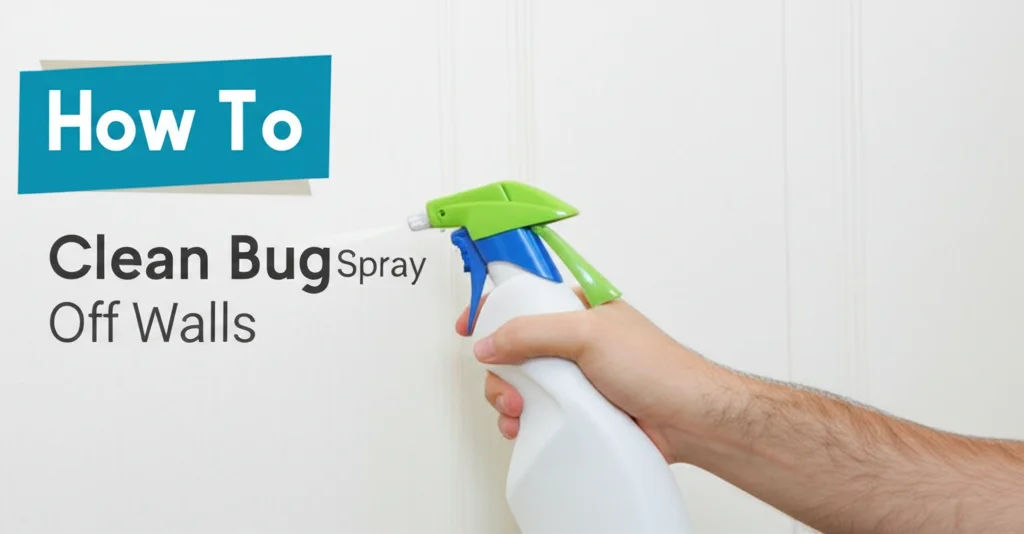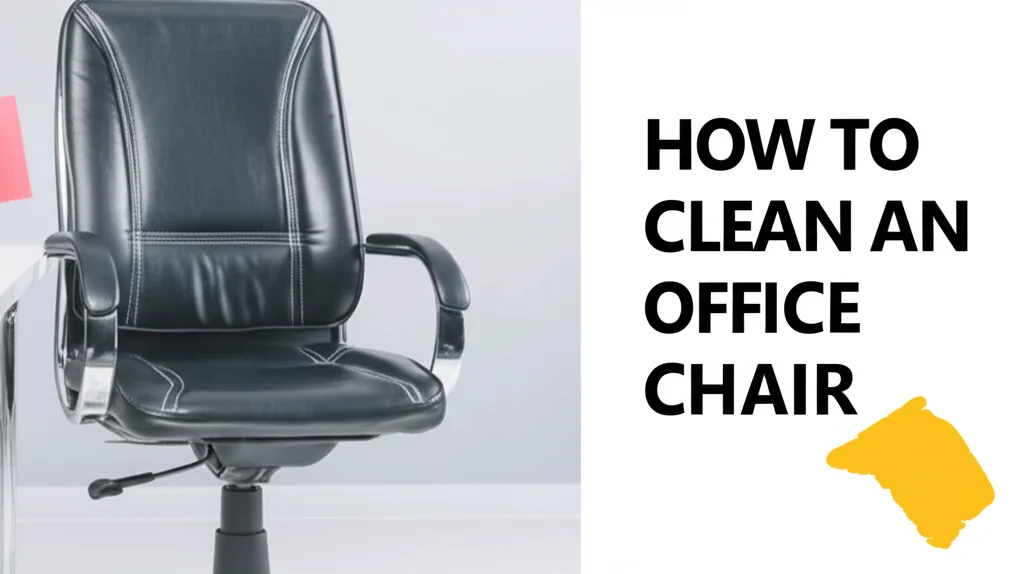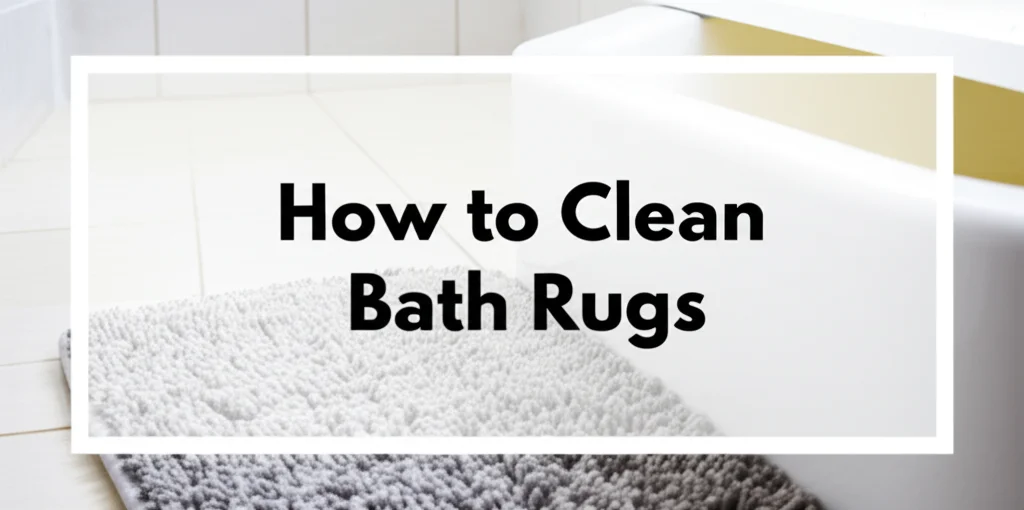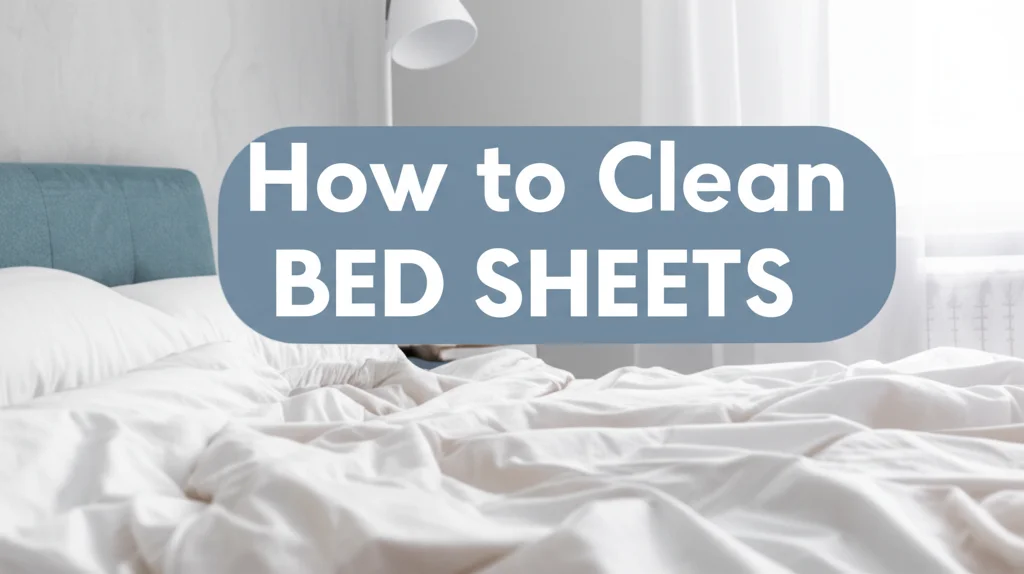· Home Cleaning · 7 min read
How To Clean Bug Spray Off Walls

How To Clean Bug Spray Off Walls: A Step-by-Step Guide
Ever accidentally sprayed bug spray a little too enthusiastically and ended up with a sticky, smelly mess on your walls? It happens! Bug spray contains oils and chemicals that can leave a residue, and figuring out how to clean bug spray off walls can feel daunting. Don’t worry, though – with the right approach, you can restore your walls to their former glory. This article will walk you through several effective methods, from gentle solutions to tackling tougher stains, ensuring you get your walls clean without causing damage. We’ll cover everything you need to know to safely and effectively remove bug spray residue.
Takeaway:
- Identify your wall type to choose the safest cleaning method.
- Start with gentle solutions like warm water and dish soap.
- For stubborn residue, use rubbing alcohol or a specialized cleaner.
- Always test any cleaning solution in an inconspicuous area first.
- Prevent future messes by spraying bug spray carefully and using a barrier.
Quick Answer:
To clean bug spray off walls, start with warm water and dish soap, gently wiping the affected area. If that doesn’t work, try rubbing alcohol on a soft cloth, testing a hidden spot first. Rinse with clean water and dry thoroughly.
Understanding the Challenge: Why Bug Spray Sticks
Bug spray isn’t just water; it’s a complex mixture designed to kill insects. This mixture often includes oils, solvents, and active ingredients that cling to surfaces. These components are what make bug spray so effective, but also what makes it difficult to remove from walls. The oils in the spray can leave a greasy residue, while the solvents can potentially damage certain paint finishes.
Knowing this helps you understand why a simple wipe-down often isn’t enough. You need a cleaning agent that can break down these components without harming your wall’s surface. Different wall finishes react differently to cleaning agents, so identifying your wall type is the first crucial step.
Identifying Your Wall Type: A Crucial First Step
Before you grab any cleaning supplies, determine what your walls are made of. This will dictate which cleaning methods are safe to use. Here are the most common wall types:
- Painted Drywall: This is the most common type. It’s relatively durable but can be damaged by harsh chemicals.
- Wallpaper: Wallpaper is more delicate and requires gentle cleaning methods to avoid peeling or discoloration.
- Wood Paneling: Wood paneling needs cleaners specifically designed for wood to prevent damage to the finish.
- Vinyl Siding (Interior): Vinyl is fairly durable but can be affected by certain solvents.
Once you know your wall type, you can proceed with confidence, knowing you’re using a method that won’t cause further damage. If you’re unsure, test your cleaning solution in a hidden area, like behind furniture, before applying it to the visible spray.
Gentle Cleaning: Warm Water and Dish Soap
Let’s start with the mildest approach. Warm water and dish soap are surprisingly effective for removing fresh bug spray residue. This method is safe for most wall types, making it a great first attempt.
- Mix your solution: Combine a few drops of mild dish soap with a quart of warm water.
- Apply the solution: Dip a soft cloth or sponge into the soapy water, wringing out any excess. You don’t want the wall to get overly wet.
- Gently wipe: Gently wipe the affected area in a circular motion. Avoid scrubbing vigorously, as this could damage the paint.
- Rinse and dry: Rinse the area with a clean, damp cloth to remove any soap residue. Then, dry the wall with a clean, dry cloth.
This method works best on fresh sprays and lighter residue. If the bug spray has been sitting for a while, you may need to move on to a stronger solution.
Tackling Stubborn Residue: Rubbing Alcohol
For more stubborn bug spray residue, rubbing alcohol (isopropyl alcohol) can be a lifesaver. It’s a solvent that effectively breaks down the oils and chemicals in bug spray. However, it’s important to use it cautiously, as it can potentially damage some paint finishes.
- Test first: Always test rubbing alcohol in an inconspicuous area before applying it to the entire affected area.
- Apply carefully: Dampen a soft cloth with rubbing alcohol. Again, avoid saturating the cloth.
- Gently wipe: Gently wipe the bug spray residue, using a circular motion.
- Rinse and dry: Immediately rinse the area with a clean, damp cloth to remove any alcohol residue. Dry with a clean, dry cloth.
Rubbing alcohol is particularly effective on greasy residues, but it’s crucial to use it sparingly and test it first. You can also find specialized cleaning solutions designed for removing sticky residues, which may be a safer alternative.
Specialized Cleaners: When to Call in the Pros
Sometimes, gentle methods just won’t cut it. In these cases, consider using a specialized cleaner designed for removing sticky residues or grease. There are several options available at most hardware stores.
- Goo Gone: This is a popular choice for removing sticky residues. It’s generally safe for most surfaces, but always test it first.
- De-Solv-It: Another effective residue remover, De-Solv-It is known for its strong cleaning power.
- All-Purpose Cleaners: Some all-purpose cleaners are formulated to tackle grease and sticky messes.
Follow the instructions on the product label carefully. Always wear gloves and ensure adequate ventilation when using these cleaners. Remember to rinse the area thoroughly with clean water after using any specialized cleaner.
Preventing Future Messes: Tips and Tricks
Prevention is always better than cure! Here are a few tips to prevent bug spray from ending up on your walls in the first place:
- Spray carefully: Aim the spray nozzle directly at the target area, avoiding broad, sweeping motions.
- Use a barrier: Place a drop cloth or newspaper on the floor and against the walls to protect them from overspray.
- Ventilate the room: Open windows and doors to ensure proper ventilation while spraying.
- Consider alternative pest control methods: Explore non-spray options like traps or natural repellents.
Taking these precautions can save you a lot of cleaning headaches in the future.
FAQ: Your Bug Spray Cleaning Questions Answered
Q: Can I use bleach to clean bug spray off my walls?
A: No, bleach is too harsh and can damage your paint or wallpaper. It can also cause discoloration and is generally not recommended for wall cleaning. Stick to gentler methods like dish soap or rubbing alcohol.
Q: What if the bug spray has stained my wallpaper?
A: Wallpaper is delicate. Try blotting the stain with a clean, damp cloth. Avoid rubbing, as this can damage the wallpaper. If the stain persists, consult a professional wallpaper cleaner.
Q: Is it safe to mix cleaning solutions?
A: Absolutely not! Mixing cleaning solutions can create dangerous fumes. Always use cleaning solutions separately and rinse thoroughly between applications.
Q: How can I remove the lingering smell of bug spray?
A: Ventilate the room thoroughly by opening windows and doors. You can also place bowls of baking soda around the room to absorb odors. A diluted vinegar solution can also help neutralize smells.
Q: My walls are textured. Will cleaning damage the texture?
A: Textured walls require extra care. Use a very gentle touch and avoid scrubbing vigorously. Test your cleaning solution in an inconspicuous area first to ensure it doesn’t damage the texture.
Conclusion: Keeping Your Walls Bug Spray-Free
Cleaning bug spray off walls doesn’t have to be a stressful experience. By identifying your wall type, starting with gentle solutions, and using specialized cleaners when necessary, you can effectively remove residue and restore your walls to their original condition. Remember to always test any cleaning solution in a hidden area first and prioritize safety by wearing gloves and ensuring proper ventilation.
Ultimately, preventing messes is the best approach. By spraying carefully and using barriers, you can minimize the risk of bug spray ending up on your walls. With a little effort and the right techniques, you can keep your home clean, pest-free, and looking its best. Don’t let a little bug spray ruin your beautiful walls – you now have the knowledge to tackle the mess and keep your home sparkling!




